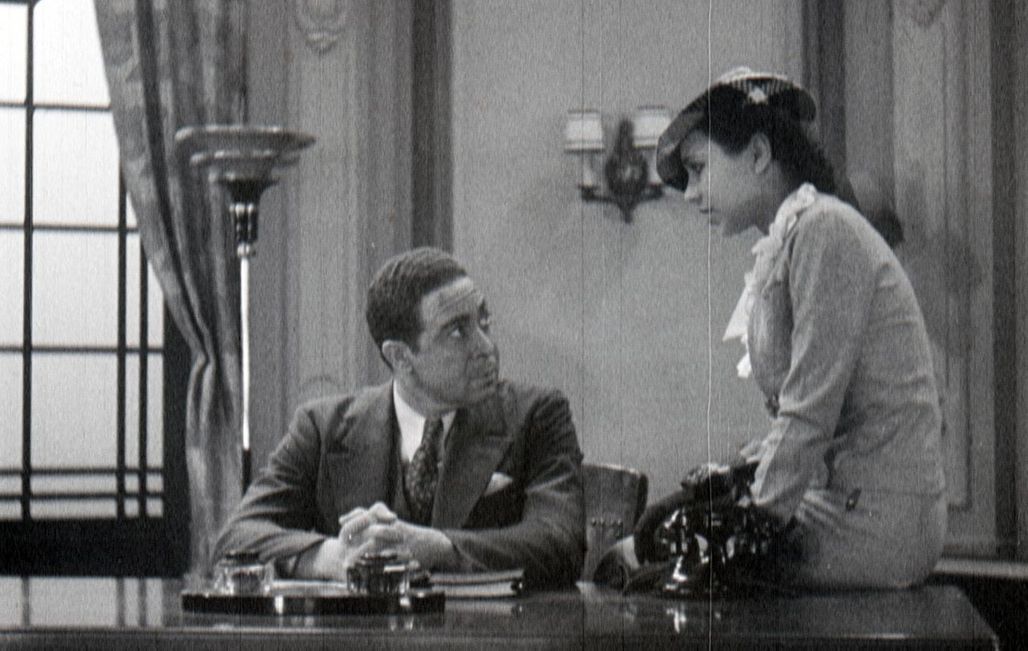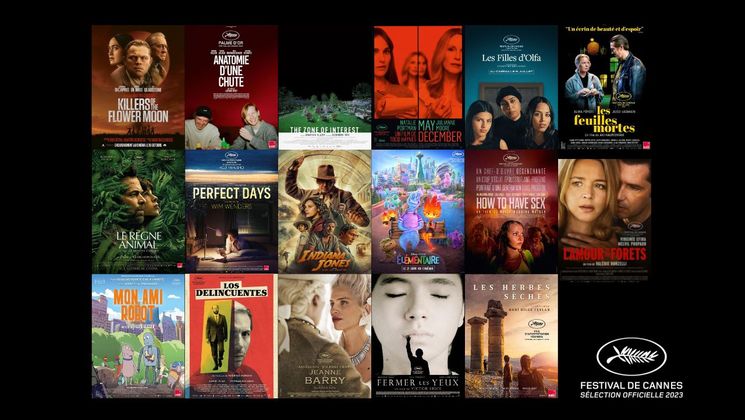
Murder in Harlem, an indictment of institutionalised racism in America

In 1935, Oscar Micheaux, the first African-American director and producer, made Murder in Harlem, a detective film that follows the trial of a black man wrongly accused of committing a murder. Presented at Cannes Classics, this is a timeless work that cries out for justice, and resonates deeply with today’s Black Lives Matter protests.
The United States, 1920s. In the wake of D.W. Griffith's Birth of a Nation, a fundamentally racist film, which has established itself as a masterpiece, the work of a black filmmaker from southern Illinois emerges. His name? Oscar Micheaux, considered today as the pioneer of African-American cinema. In response to D.W. Griffith, this pioneer created a film with an equally symbolic title, Within Our Gates, which depicted racial violence under white supremacy. Set against the backdrop of the Chicago riots of the summer of 1919, the director makes a genuine plea for African-American rights, a cause that will guide him throughout his career.
As the voice of a poorly represented community, Oscar Micheaux's struggles are reflected in his committed filmography, among which one of his most remarkable feature films, Murder in Harlem, resonates strongly with the past and present history of African-Americans. Inspired by a notorious crime that took place in the state of Georgia in 1913, Murder in Harlem details the murder of a young white woman for which the night watchman at a chemical plant, a black man, is wrongly accused.
The author of 6 novels and 44 films that raise the issue of racial inequality, Oscar Michaux was the first to offer his people a different vision of American society and of the conditions in which millions of discriminated individuals deserved to live. At a time when the voices of Black Lives Matter are raging, the filmmaker's timeless work reminds us that revolutions also take place in the cinema.


